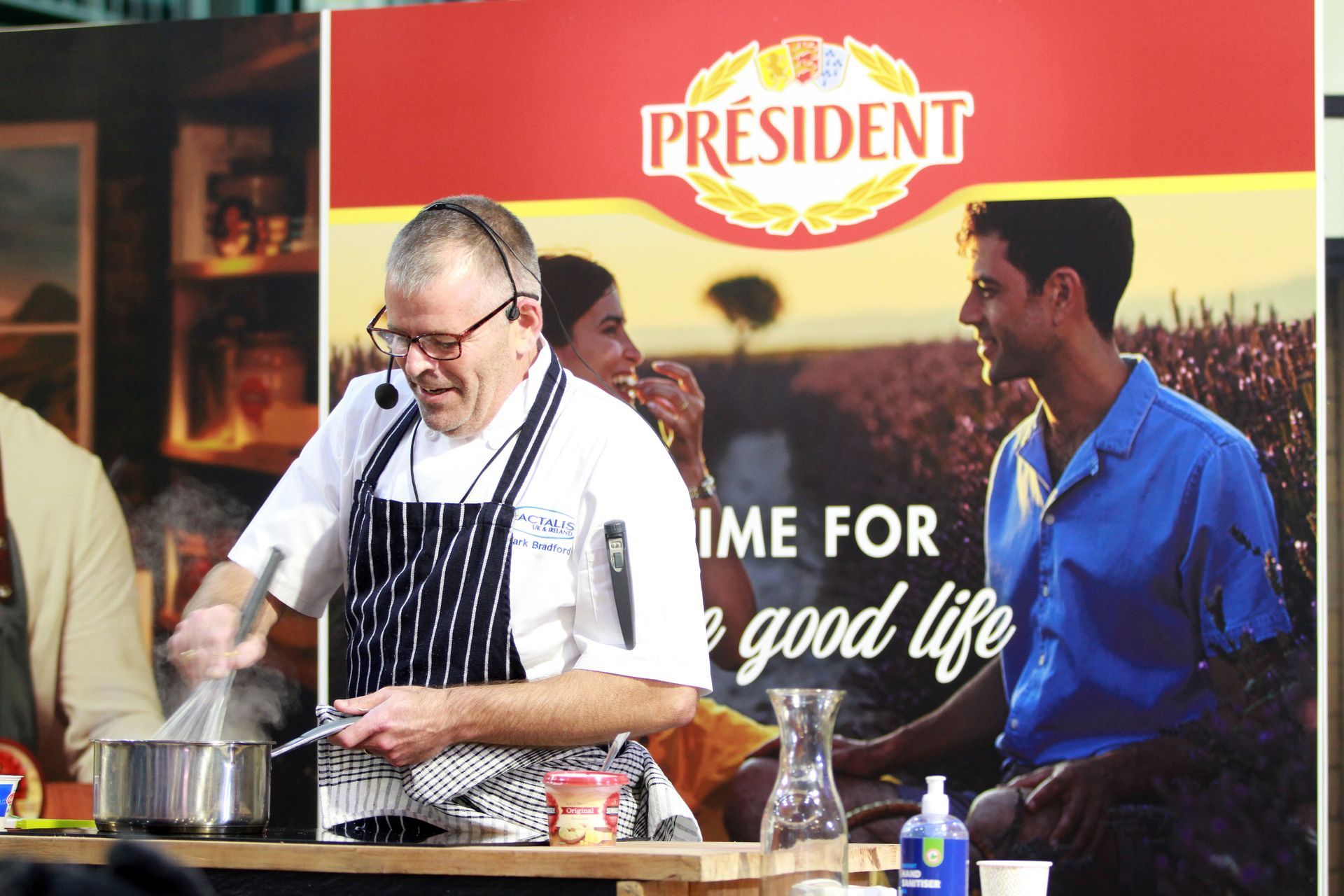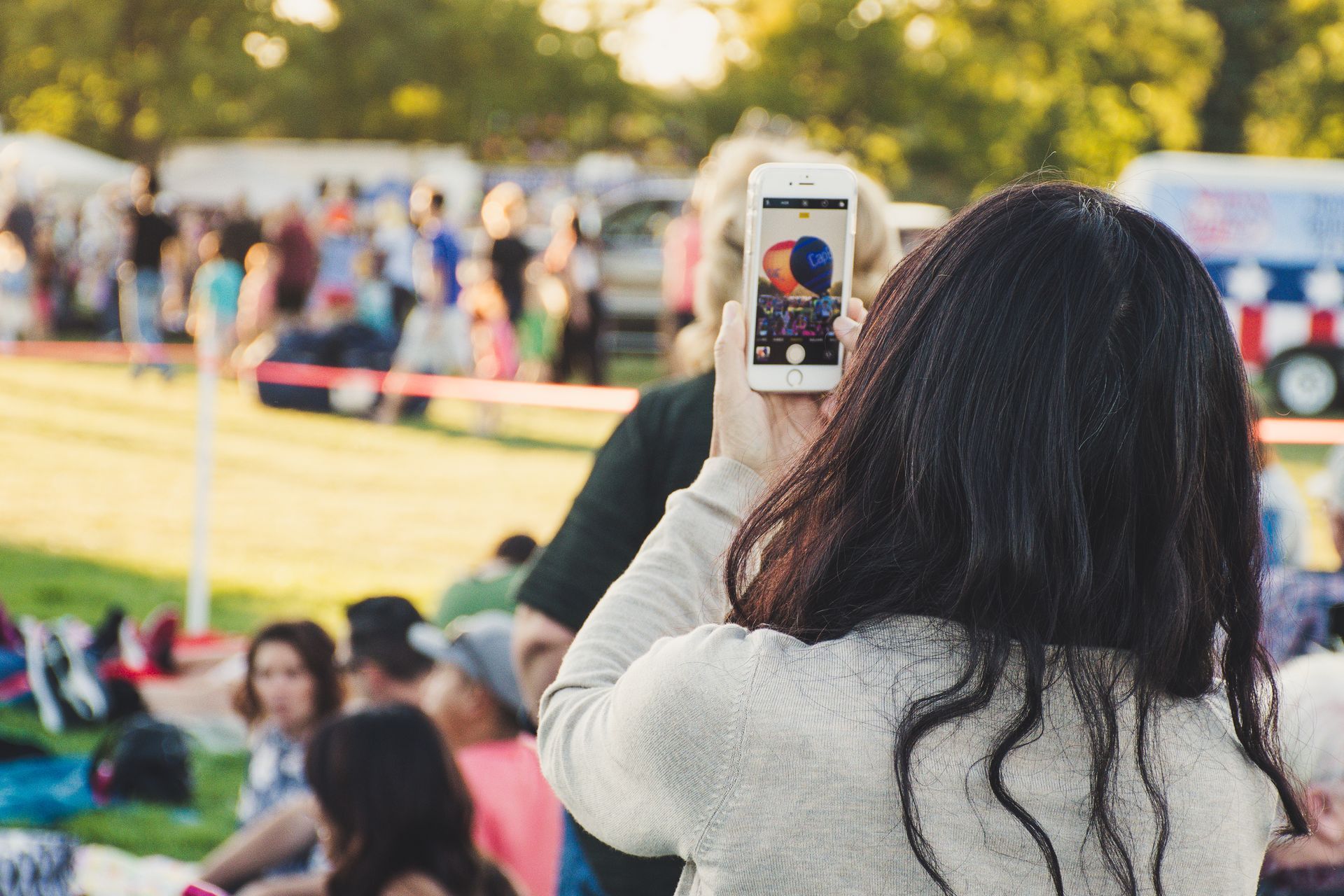Harnessing Live Cooking Demonstrations to Boost Brand Engagement
In the ever-evolving landscape of marketing, live cooking demonstrations have emerged as a powerful tool to foster customer engagement, especially among Generation Y, or millennials. This demographic, known for its preference for authentic experiences and sustainable choices, responds exceptionally well to interactive and personalized brand interactions.[1] By leveraging chefs who use branded products and ingredients in their demonstrations, companies can create a dynamic synergy that resonates with this influential group.

In the ever-evolving landscape of marketing, live cooking demonstrations have emerged as a powerful tool to foster customer engagement, especially among Generation Y, or millennials. This demographic, known for its preference for authentic experiences and sustainable choices, responds exceptionally well to interactive and personalized brand interactions.[1] By leveraging chefs who use branded products and ingredients in their demonstrations, companies can create a dynamic synergy that resonates with this influential group.
The Appeal of Live Cooking Demonstrations to Generation Y
Generation Y values experiences that are not only entertaining but also informative and genuine.[2] Live cooking demonstrations meet these criteria by offering an immersive experience where attendees can see, smell, and taste the culinary creations firsthand. These events provide an opportunity for brands to showcase their products' quality and versatility in a setting that encourages immediate feedback and interaction.
Strategic Use of Chefs in Brand Promotion
The choice of chef is crucial in this endeavor. A chef with a robust social media presence and a style that aligns with the brand's values can act as a powerful ambassador.[3] These chefs can translate their passion and expertise into engaging stories that highlight the benefits and unique features of the branded products and ingredients they use. Their credibility and authority in the culinary world lend weight to their endorsements, making the brand's message more persuasive and relatable to Generation Y.[1]
Creating a Memorable Brand Experience
- Interactive Demonstrations: Instead of traditional cooking shows, opt for interactive sessions where attendees can participate. This could involve helping the chef prepare certain dishes or engaging in challenges that use the branded products. This hands-on approach not only makes the experience more enjoyable but also deepens the audience's connection with the brand.[4]
- Educational Content: Millennials appreciate learning new skills and information that can improve their lifestyles. Chefs can incorporate educational elements into their demonstrations, such as tips on healthy eating, the benefits of organic ingredients, or ways to minimize food waste. This approach aligns with Generation Y's values and enhances the perceived value of the brand.[2]
- Personalisation: Use technology to tailor the experience for each attendee. For instance, allow them to choose ingredients or suggest dishes through an app or a digital interface at the event. This level of customisation makes the experience more personal and memorable, fostering a stronger bond between the customer and the brand.[5]
- Sustainability and Transparency: Clearly communicate how the branded products contribute to sustainability. This could be through ethical sourcing, organic certification, or eco-friendly packaging. Chefs can discuss these aspects during their demonstrations, reinforcing the brand's commitment to values that are important to Generation Y.[1]
Leveraging Social Media and Digital Platforms
To extend the reach of live cooking demonstrations beyond the physical event, brands should harness the power of social media and digital platforms. Here's how:
- Live Streaming: Broadcast the cooking demonstrations live on platforms like YouTube, Instagram, or Facebook. This allows the brand to reach a wider audience and enables those who cannot attend in person to participate virtually.[4]
- Interactive Q&A Sessions: Encourage viewers to ask questions during the live stream. The chef can answer these in real-time, creating a dialogue that enhances engagement and provides valuable insights into customer preferences and concerns.[3]
- User-Generated Content: Motivate attendees and online viewers to share their experiences and creations on social media using branded hashtags. This not only amplifies the event's impact but also generates authentic content that can attract new customers.[5]
- Follow-Up Content: After the event, share recipes, tips, and highlights through various digital channels. This keeps the conversation going and reinforces the brand's message over time.[2]
Measuring Success and ROI
To assess the effectiveness of live cooking demonstrations in engaging Generation Y, brands should track both qualitative and quantitative metrics. This includes direct sales or leads generated from the event, social media engagement rates, user-generated content, and attendee feedback.[3] Surveys and polls can provide insights into how the demonstrations influenced perceptions of the brand and its products.[4]
Conclusion
Live cooking demonstrations are a vibrant and effective way to engage Generation Y by combining entertainment, education, and personalization. By carefully selecting chefs who embody the brand's values and can eloquently showcase its products, companies can create a compelling narrative that resonates with this key demographic.[5] Coupled with strategic use of digital platforms and a focus on sustainability and transparency, these events can significantly enhance brand loyalty and customer engagement, setting the stage for long-term success.
References:
[1] https://www.eventbrite.co.uk/blog/how-to-use-social-media-influencers-at-events-ds00/
[2] https://www.forbes.com/sites/deannajordan/2019/06/12/how-brands-can-engage-millennials-through-experiential-marketing/?sh=7d9d9d9d5d9e
[3] https://influencermarketinghub.com/how-to-use-influencer-marketing-to-promote-your-events-5-tips-from-the-experts/
[4] https://www.alamy.com/stock-photo/live-cooking-demonstrations.html
[5] https://grin.co/blog/instagram-live-with-influencers/
Citations:
[1] https://www.alamy.com/stock-photo/live-cooking-demonstrations.html
[2] https://documents1.worldbank.org/curated/en/920661600750772102/pdf/Cooking-with-Electricity-A-Cost-Perspective.pdf
[3] https://influencermarketinghub.com/how-to-use-influencer-marketing-to-promote-your-events-5-tips-from-the-experts/
[4] https://www.fullframeevents.co.uk/services/influencer-events/
[5] https://www.eventbrite.co.uk/blog/how-to-use-social-media-influencers-at-events-ds00/





